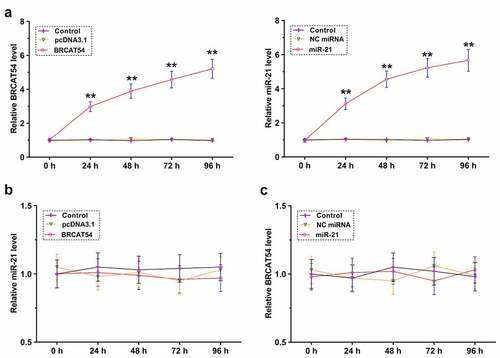Figures & data
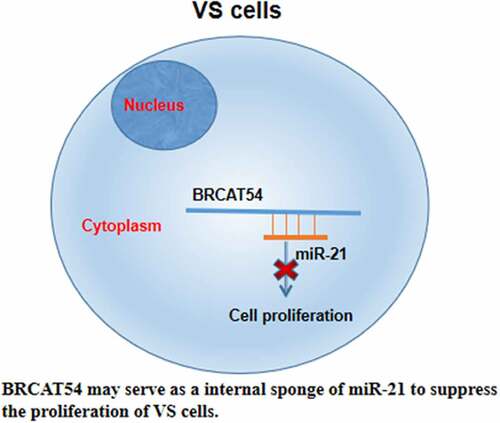
Figure 1. Expression analysis of BRCAT54 and miR-21 in VS and normal VN samples. VS (n = 56) and normal VN (n = 42) samples collected in this study were subjected to the extraction of total RNAs, which were used to prepare cDNA samples. qPCR were performed with cDNA samples as template to determine the expression of BRCAT54 (a) and miR-21 (b). Data presented were average values of three technical replicates. **, p < 0.01.
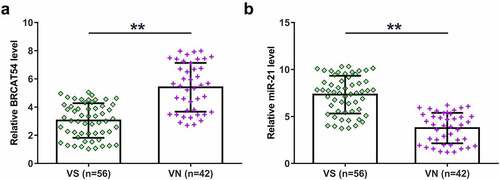
Figure 2. Correlations between BRCAT54 and miR-21. Correlations between BRCAT54 and miR-21 across both VS (a) and VN (b) samples were analyzed using Pearson’s correlation coefficient. Data presented were average values of three technical replicates.
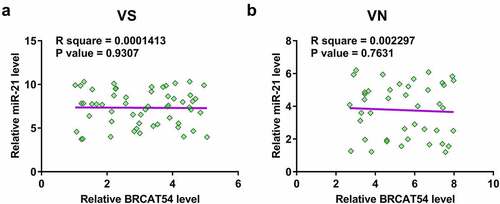
Figure 3. Analysis of the location of BRCAT54 in VS cells and its direct interaction with miR-21. Nuclear and cytoplasm samples of VS cells were prepared, followed by RT-PCR to detect BRCAT54 (a). IntaRNA 2.0 was applied to predict the direct interaction between BRCAT54 and miR-21 (b). RNA-RNA pulldown assay was applied to confirm their direct interaction (c). Dual luciferase reporter assay was performed to further verify the direct interaction between them (d). **, p < 0.01.
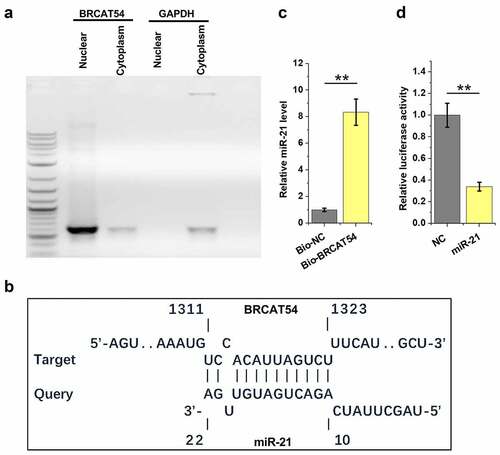
Figure 4. The role of BRCAT54 and miR-21 in regulating the expression of each other. Primary VS cells were overexpressed with BRCAT54 or miR-21, and the overexpression was confirmed every 24 h until 96 h (a). RT-qPCR were performed to detect the expression of miR-21 in BRCAT54-overexpressing cells (b) and the expression of BRCAT54 in miR-21-overexpressing cells (c). **, p < 0.01.
